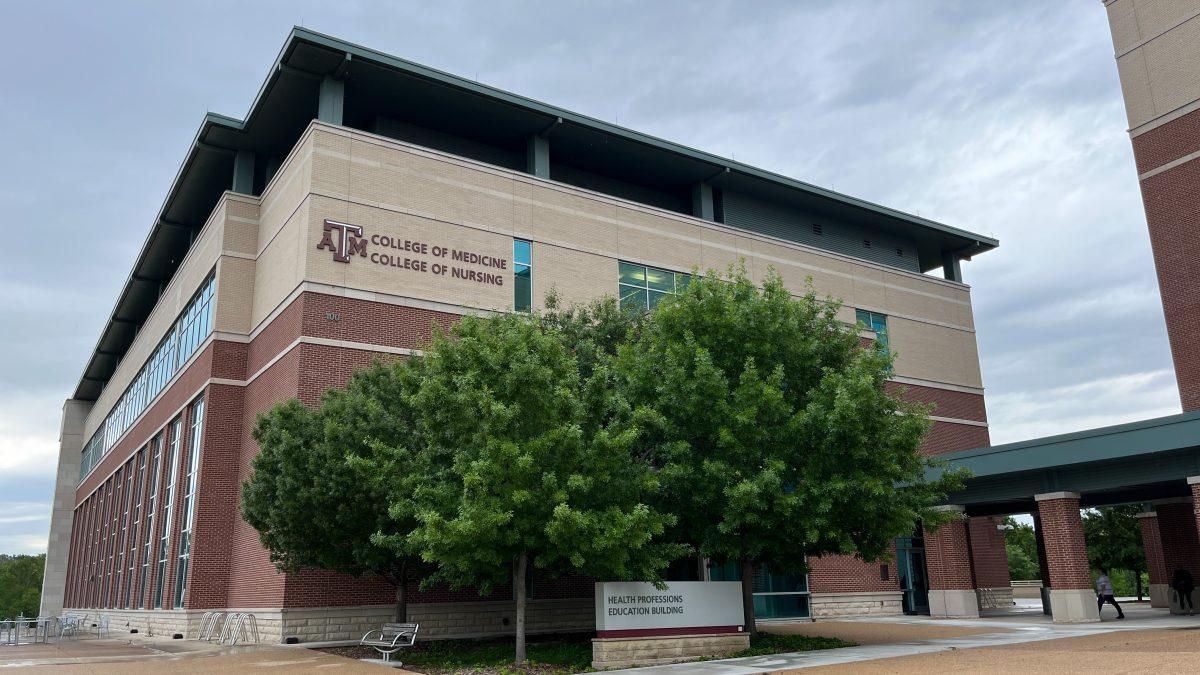In the U.S., 15% of adults have chronic kidney disease, or CKD, according to the Centers for Disease Control and Prevention. CKD has many risk factors including heart disease, older age and obesity. However, scientists have started investigating an epidemic in Central America where CKD is infecting young, healthy adults at a high rate.
Nephrologists, or kidney doctors, have been investigating this unique CKD since the beginning of the 2000s. Mesoamerican nephropathy is the name given to the CKD found in Central America due to unknown causes. This epidemic has caused concern for researchers after a 1999 study in El Salvador found that out of 205 patients, their cause of end-stage kidney disease was not able to be found in 135.
Texas A&M researchers and other collaborators from universities and institutions around the U.S. conducted a research study to try to determine the unknown cause behind Mesoamerican nephropathy in Central America.
A&M epidemiology assistant professor Rebecca Fischer was one of the authors on this study in 2022. Fischer said this specific type of kidney disease was of interest to epidemiologists around the world.
“Kidney disease occurs everywhere in the world, but it usually precedes diabetes, hypertension or something that occurs just normally with the aging process,” Fischer said. “In Central America, local nephrologists were seeing people with kidney disease who were young and healthy.”
Fischer said local Central American nephrologists were able to identify hotspots for this specific type of CKD.
“There are several locations along the Pacific coast of Central America that have a very high proportion of kidney disease,” Fischer said. “So our team is trying to find out the underlying cause so that we can remove that cause and find strategies to keep people from getting kidney disease in the first place.”
CKD in its end stage, or renal failure, can be treated through a medical technique called dialysis. Dialysis works by removing waste and fluids that cannot be removed by an individual’s kidneys while they are undergoing renal failure. However, Fischer said although dialysis is relatively easy to access in the U.S., it is not common in Central America.
“Dialysis is something that is virtually unavailable [in low or middle income countries] and when it is available it is far away or quite expensive.” Fischer said. “Not everyone has access to this lifesaving care and so when kidney disease progresses it is a death sentence for these individuals.”
The 2022 study performed by Fischer and other scientists found interesting results when studying Mesoamerican nephrology.
“Patients with Mesoamerican nephrology and kidney failure were young agricultural workers, almost exclusively men … and they had prior exposures to agrochemicals, including paraquat,” the study reads. “Chronic exposure of mice to paraquat, a prototypical oxidant, induced kidney failure similar to Mesoamerican nephrology.”
Although the study found that paraquat could be a potential determinant for Mesoamerican nephrology, Fischer said it has not been directly proven yet that the agrochemical is causing this epidemic.
“If we have paraquat in the environment, we haven’t created that link where it’s being applied on the ground to being in the person to their kidneys,” Fischer said. “So we need to draw that dose-response and toxicology link from the environment to the person to understand how they’re getting paraquat into their system and how it is causing kidney disease.”
MD Anderson nephrology professor Dr. Sreedhar Mandayam also helped author the study with Fischer. Mandayam said there are multiple reasons for Mesoamerican nephrology in the populations they studied.
“We found a series of very interesting results that we continue to pursue,” Mandayam said. “People that were closely in contact with water were at a much higher risk than cane cutters in Central America.”
Mandayam said traces of heavy metals in the water that were identified could also be contributing to Mesoamerican nephrology.
“Heavy metal accumulation in the ground water could have led to the appearance of this disease,” Mandayam said. “Most of Central America is volcanic, so it is probably related to the volcanic soil”
Fischer said that their research team has identified some interventions to try to treat this epidemic in Central America.
“Workers that wear personal protective equipment in our research in this area are experiencing less kidney disease,” Fischer said. “Like wearing long sleeves, long pants or a face covering that might limit the inhalation of particles or chemicals.”
Although this study did not determine the specific cause behind Mesoamerican nephrology, A&M researchers and other scientists around the world will continue to look for a way to stop this epidemic from occurring.
“It’s really a disease of the tropics and this is poor, agricultural farming communities that don’t have access to the same health and life saving things that we have in the United States,” Fischer said. “They don’t get a lot of attention and research, so we feel like our research is important to bring prevention to these populations.”










